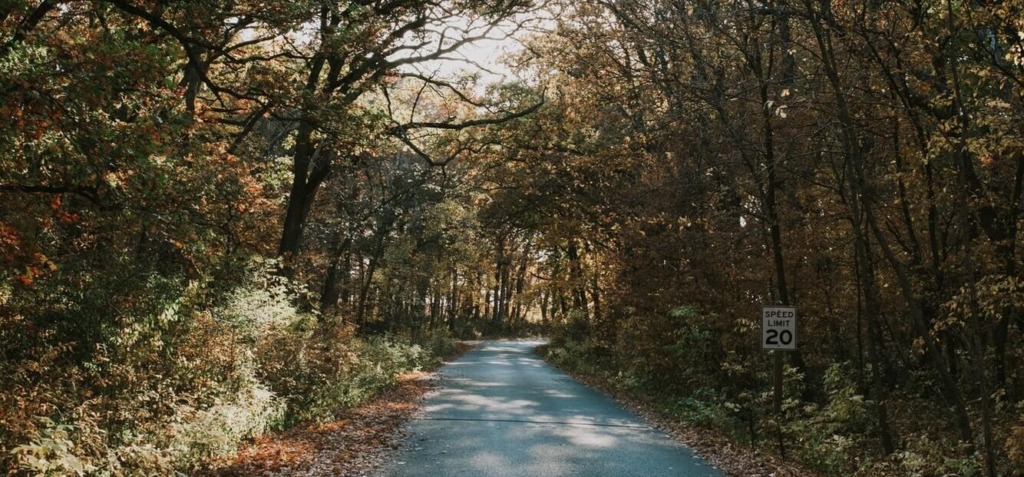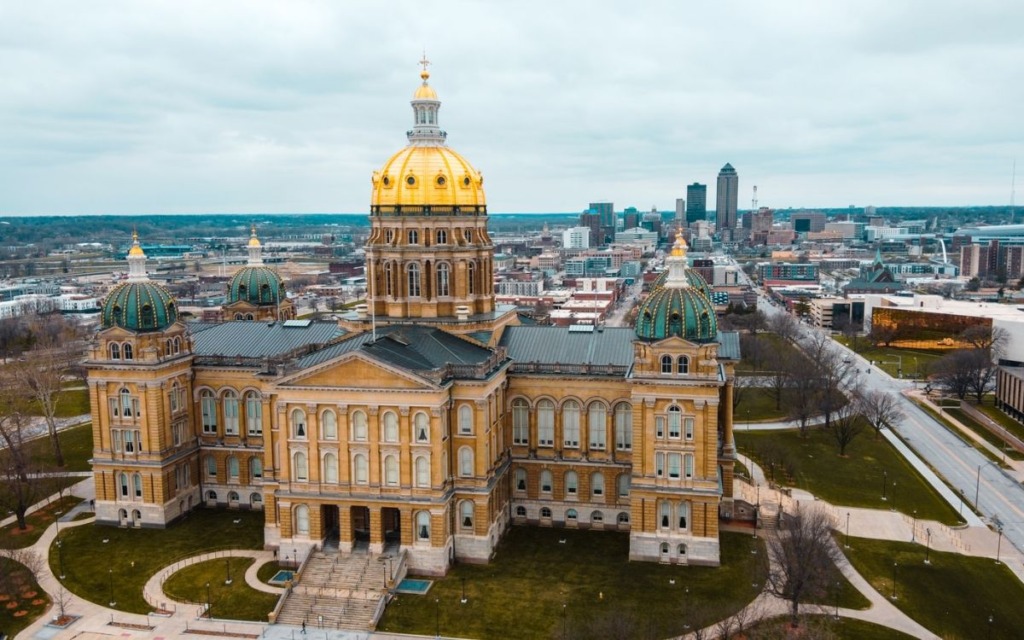Iowa
Iowa is full of wonderful attractions, perfect for all kinds of tourists and for all ages. Iowa has a number of state parks that offer truly gorgeous sceneries, it has caves, and wildernesses that are sure to satisfy your outdoor needs. For those who prefer to stay in the comfort of the city, Iowa has amusement parks, museums, and a pretty indulgent food scene to satisfy your cravings. As we said, it is the perfect destination for all ages and all kinds of tourists.
Geography
Located in the Midwestern region of the United States, Iowa is bordered by South Dakota, Minnesota, Wisconsin, Illinois, and Nebraska. Iowa consists mostly of rolling hills. It is the only state in the country with both east and west borders formed entirely by rivers. Three rivers to be exact: Mississippi River, Missouri River, and, Big Sioux River. It also has several natural lakes and man-made lakes. This is why while Iowa may be landlocked, it has plenty of waters going around.
With the abundance of water in the state, Iowa’s natural vegetation is excellent. It is filled with dense forests, wetlands, river valleys, and prairie areas. Iowa’s great vegetation and rich soil have been the perfect ground for corn and soybeans. It is, in fact, the largest producer of corn in the United States and is the country’s top producer of ethanol. Overall, forests cover 7% of the entire state, 60% are covered with crops, and grasslands account for about 30%.
The urban and peri-urban only consists of one percent of the entire state. Des Moines is the capital and largest city, with Cedar Rapids, Davenport, and Sioux city as the other major cities.
History
Researchers state that American Indians first arrived in Iowa more than 13,000 years ago as hunters and gatherers. However, before the Europeans arrived, American Indians had indeed settled in. Enough to have a sustainable agricultural system and complex political systems to organize themselves.
The arrival of the European population, like in any other pre-colonial states, was detrimental to the natives. Their onslaught of trade and diseases has led to economic and social upheaval. Even then, indigenous groups like the Sauk and Meskwaki held power over trade. Claims over territory would go on for centuries, even leading to a war in 1832, the Black Hawk War.
In 1842, the Sauk and Meskwaki were removed, sold their land, and moved to reservations in Kansas. Iowa would then become the 29th state of the United States in 1846.
Weather
Throughout the state, Iowa exhibits a humid continental climate which means it experiences both hot and cold climates at extremes. Its summers are known for heat and humidity. Its winters drop below freezing temperature. It also experiences about 50 days of thunderstorm activities per year and about 47 tornadoes a year. It rains more in the summer months. The driest months in the state, on the other hand, are January and February.
Its weather, however, is all part of Iowa’s distinct Midwestern charm. If its nature parks, rivers, lakes, amusement parks, and food scene is not enough to make you want to visit Iowa, we do not know what will. Go see this gorgeous state for yourself.
Key information about Iowa
📍 Area: 145,743.8km2
👥 Population: 3,155,070
🏛️ Capital: Des Moines
🏢 Major cities: Cedar Rapids, Davenport, Sioux City
🔢 Number of counties: 99
📋 Postal Abbreviation: IA
📖 Primary language/s: English, Spanish
📌 Nearby states: South Dakota, Minnesota, Wisconsin, Illinois, Nebraska


